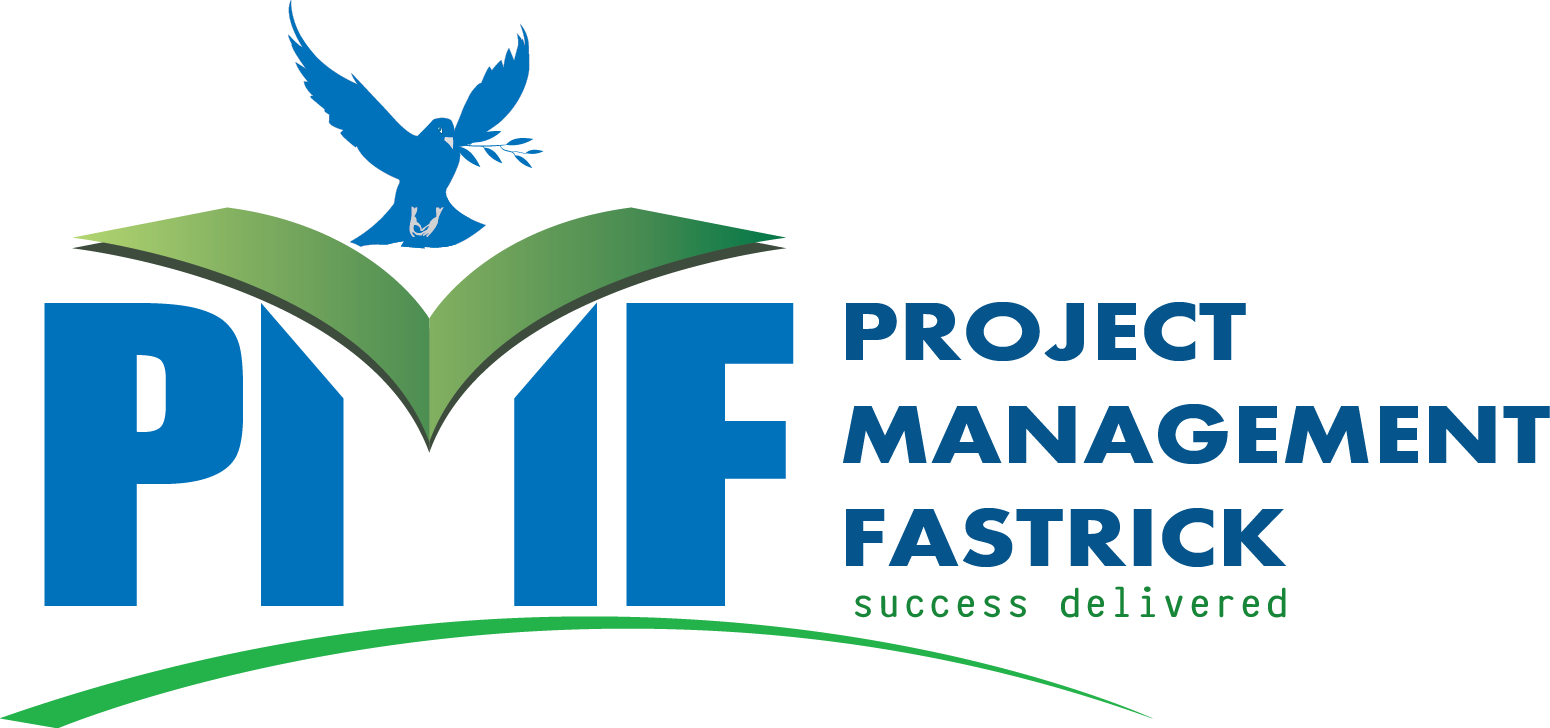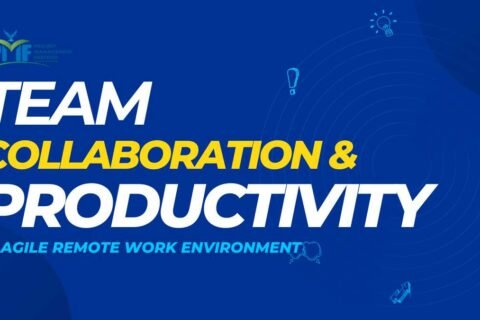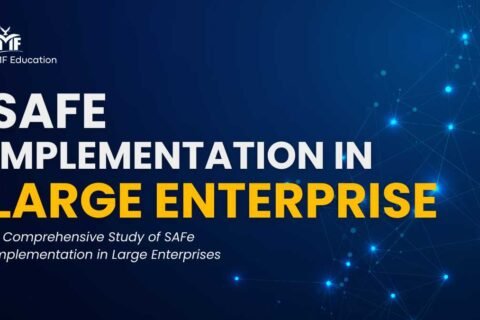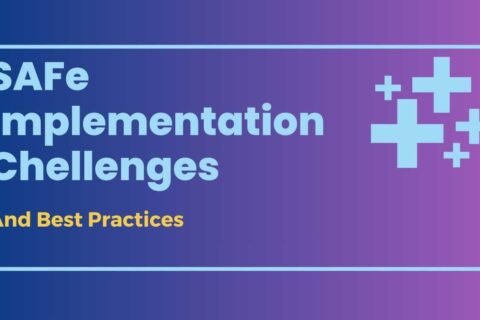
Agile Project Management in the Post-Pandemic Era: Challenges and Opportunities
The COVID-19 pandemic has fundamentally reshaped the world of work, impacting how projects are planned,executed, and delivered. This paper examines the evolving landscape of agile project management in the post-pandemic era. We explore the challenges presented by the remote and hybrid work environment, the increased need for digitalization and collaboration tools, and the ongoing shift towards a more flexible and adaptable approach to project management. We also analyze the opportunities that this new normal presents, such as the potential for increased team autonomy, improved work-life balance, and the creation of a global talent pool.
1. Introduction
Agile project management, with its emphasis on iterative development, flexibility, and rapid response to change, has emerged as a dominant approach in today’s dynamic business environment. However, the global pandemic has introduced a new set of complexities for project managers. This paper delves into how agile methodologies are adapting to the post-pandemic reality, analyzing both the challenges and opportunities that lie ahead.
2. Challenges in the Post-Pandemic Era
- Remote and Hybrid Work: Managing geographically dispersed teams presents challenges in communication,collaboration, and maintaining team culture. Agile practices that rely on face-to-face interaction may need to be adapted for the virtual environment.
- Increased Need for Digitalization: The remote nature of work necessitates a robust suite of digital tools for project management, communication, and collaboration. Integrating these tools seamlessly into the agile workflow is crucial.
- Cybersecurity Concerns: Increased reliance on digital tools raises concerns about data security and privacy.Implementing robust cybersecurity measures is essential for protecting sensitive project information.
- Maintaining Team Cohesion: Building and maintaining a strong team culture can be difficult in a remote or hybrid work environment. Establishing clear communication channels, fostering virtual team-building activities,and promoting trust are essential.
- Managing Stakeholder Engagement: Keeping stakeholders informed and engaged can be challenging when working remotely. Agile practices need to be adapted to ensure effective communication and transparency throughout the project lifecycle.
3. Opportunities in the Post-Pandemic Era
- Enhanced Flexibility and Adaptability: The remote work model fosters greater flexibility for both teams and individuals. Agile methodologies, with their inherent adaptability, are well-suited to navigate the ongoing uncertainty and potential disruptions in the post-pandemic world.
- Improved Work-Life Balance: Remote work arrangements offer opportunities for improved work-life balance for employees. This can lead to increased motivation, productivity, and overall job satisfaction.
- Access to a Global Talent Pool: Remote work transcends geographical boundaries, allowing organizations to access and hire skilled talent from anywhere in the world. This can diversify the workforce and bring in new perspectives and skillsets.
- Reduced Costs: Eliminating the need for physical office space can lead to significant cost savings for organizations. These savings can be re-invested in technology and talent development.
- Emphasis on Efficiency and Automation: The need to work effectively in a remote setting often leads to a focus on streamlining processes and leveraging automation. This can improve overall efficiency and productivity.
4. Best Practices for Agile Project Management in the Post-Pandemic Era
- Invest in Communication and Collaboration Tools: Utilize video conferencing platforms, instant messaging tools, and project management software to facilitate communication and collaboration among team members.
- Establish Clear Communication Protocols: Define clear expectations for communication frequency, preferred communication channels, and meeting schedules.
- Promote Transparency and Visibility: Provide team members with easy access to project information, backlog items, and progress updates.
- Focus on Documentation: Maintain detailed documentation of project requirements, decisions, and progress to ensure clear understanding and continuity.
- Embrace Asynchronous Communication: Recognize that team members may be working in different time zones. Utilize asynchronous communication tools to avoid hindering workflow.
- Invest in Team Building Activities: Schedule regular virtual team-building activities to foster team spirit and camaraderie.
- Emphasize Employee Well-being: Recognize the potential challenges of remote work and prioritize employee well-being. Encourage breaks, promote healthy work habits, and offer mental health resources.
5. Case Studies and Examples
Include case studies or real-world examples of organizations that have successfully adapted their agile practices to the post-pandemic environment. Showcase specific strategies and best practices implemented and the positive outcomes achieved.
6. Conclusion
The post-pandemic era presents both challenges and opportunities for agile project management. By embracing flexibility, investing in digital tools, and fostering effective communication, organizations can leverage agile methodologies to thrive in this new normal. Agile project management, with its core principles of adaptability and continuous improvement, is well-positioned to navigate the uncertainties and unlock the potential of the post-pandemic future of work.






